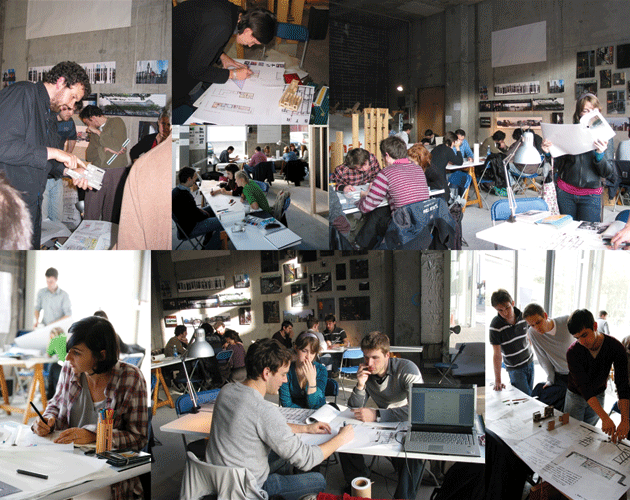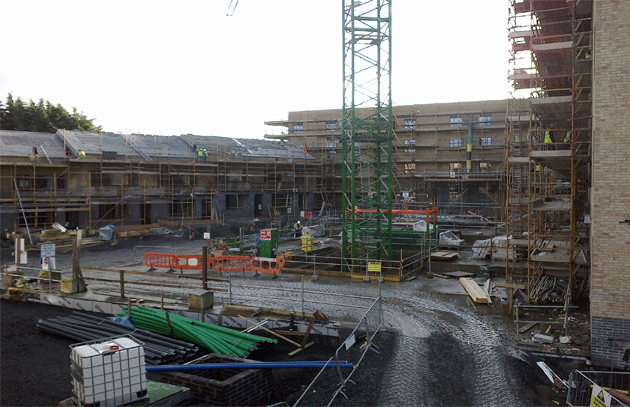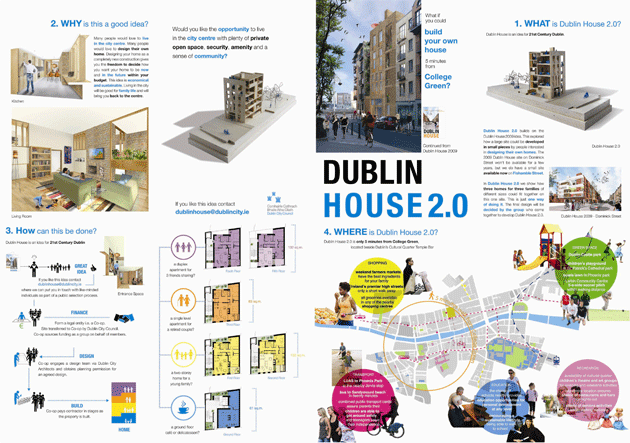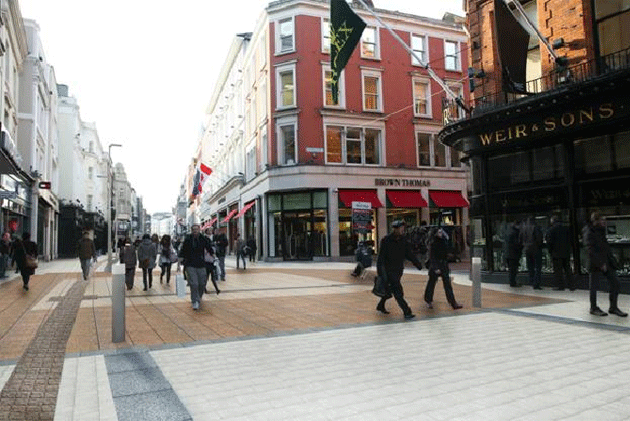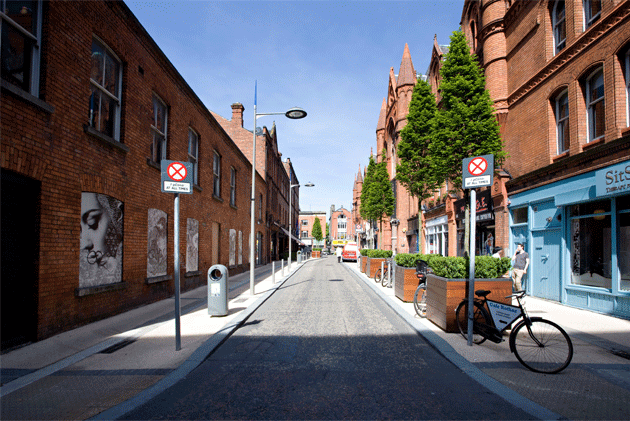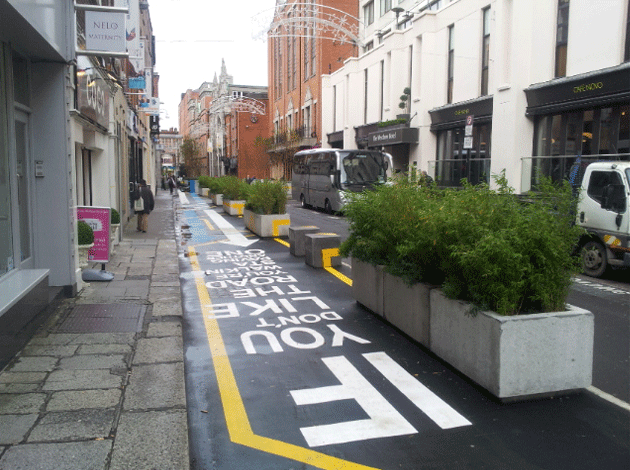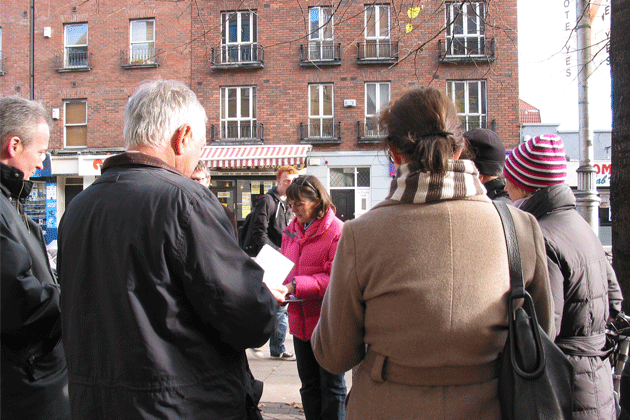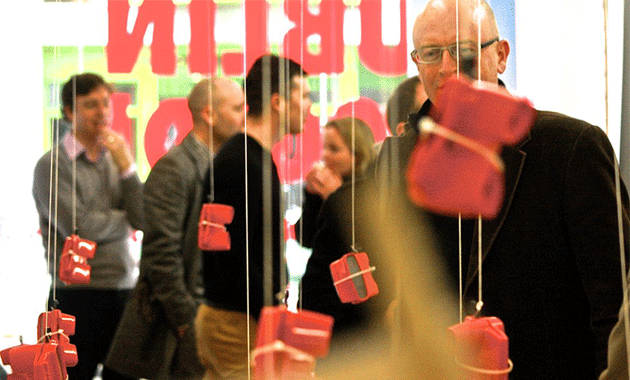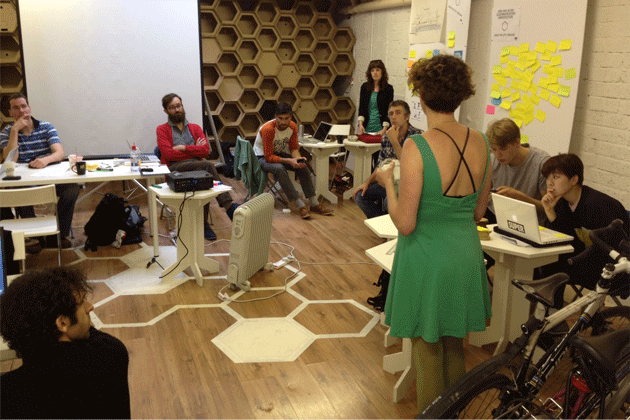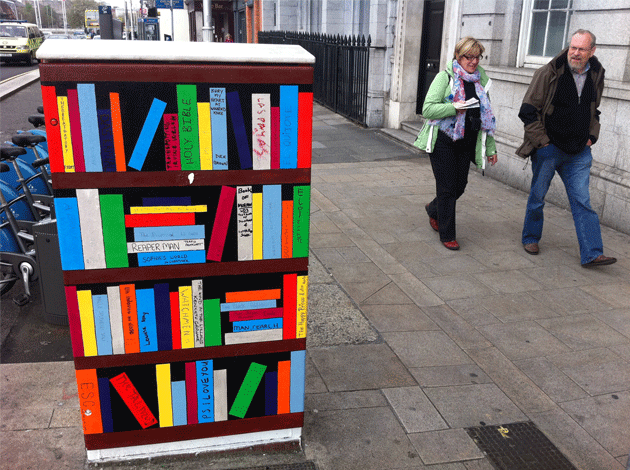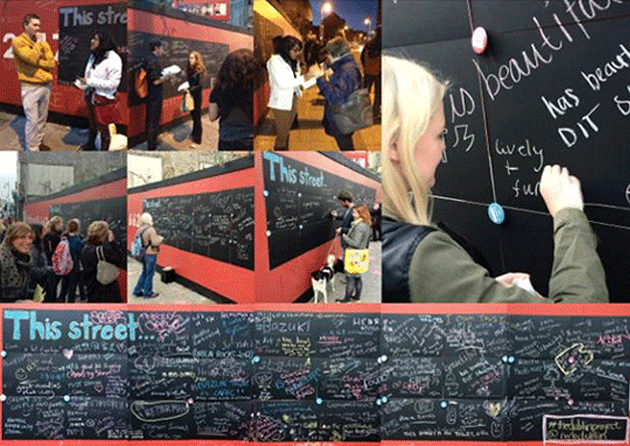‘Cities that value and apply design in how they think, plan and act are more attractive, humane and competitive.’ (extract from City Architects World Design Capital 2014 bid feasibility report, April 2010).
“What do City Architects do?” is a question that I get asked often.
There’s a lot involved in answering this question as the fundamental nature of the work done by City Architects, and indeed the City Council as a whole, has been going through significant change. This change is driven firstly and most obviously by the country’s economic conditions. But there has also been major change as the nature of urban governance evolves, with a growing culture of participation and innovation and as Dublin repositions as a city amongst international peers. The role of City Architects in the Council has been redefining and diversifying in a way that reflects an imperative to maintain and enhance architecture and design’s relevance to society.
City Architects work in previous decades focused almost exclusively on the design of public buildings, primarily housing projects, most notably exemplified in the work of Herbert Simms. Today, the role that City Architects plays in the city is much broader, including design in all its guises in how we live, use, travel, work and enjoy the city. While we continue to make buildings for all City Council Departments, from housing to libraries and parks, we are concerned as much with ‘life between buildings’ as the buildings or structures themselves. We are increasingly involved in strategic design development of plans, policies and systems, from urban design (assisting the development of Masterplans, Local Area Plans and SDZ’s) architectural conservation, dealing with dangerous buildings and devising strategies and guidelines for the public realm. PIVOT Dublin, A key strategic project initiated and led by City Architects, is part of a wider City Council push to make Dublin a design driven city. City issues are complex and interactive – everything is connected and these connections are often neither linear nor obvious. Design is a collaborative means to understand issues and develop empathic solutions.
Here is a snapshot of current and recent work:
A large proportion of our work in housing now deals with the failed Public Private Partnerships e.g. O’Devaney Gardens, St. Michael’s Estate, St. Teresa’s Gardens, Dominick St. in addition to remedial works to some of the City Council’s older housing stock. City Architects designed housing projects such as apartments for the elderly at Memorial Court have been critically well received. Where we have been able to outsource housing work in the past, we have procured the highest quality in design as reflected in the awards recently received for both Sean Tracey House by Paul Keogh Architects and Timberyard Housing by O’Donnell & Tuomey Architects.
The economic crisis is an opportunity to reflect on housing choices offered to people in the city and prompted our ‘Dublin House’ initiative. This project looks to develop large sites in small plots and in the process enable friends and family to design and build their own homes. Through this project we hope to make Dublin a more family friendly city and to create more opportunities architects and designers to work in the city.
In terms of our public realm projects, the Grafton Street project is about more than just repaving Grafton Street, though it is acknowledged that when completed it will be the most immediately apparent deliverable of the overall project. It has been about developing a coordinated response by the City Council across its departments with regard to the maintenance, management and enhancement of the public realm in conjunction with the local stakeholders. City Architects have been central to that organisational strategy. In addition City Architects has been central to the development of the City Council’s Public Realm Strategy which provides the overarching context in which the Grafton Street Quarter project will be delivered. Palace Street, Fade Street and Clarendon Street are each examples of the variant responses and understandings that are being developed in the reality of the economic climate in which we find ourselves.
Interdepartmental projects are increasingly the norm in Dublin City Council. One such significant project led by the Planning Department is the preparation of the draft Docklands SDZ. A statutory time frame has dictated an intensive work programme; a draft will be published for public consultation in January 2013.
Much of our work could be described as ‘maintenance’. This bland sounding programme covers critical services such as Conservation and Dangerous Buildings in addition to routine works to pools, galleries and libraries. We are working with our colleagues in the Culture Recreation and Amenity Department on developing a range of facilities – from small cafés in parks to significant developments which will unlock potential across the city.
We continuously seek to create new opportunities for not just architects but all designers. Examples of this are the Helsinki Design Challenge leading to the Helsinki WDC 2012 and Dublin Tagged! ; the ACE competition to develop and install a smart energy feature in the city; Pivot Dublin commissions including the 2012 Guide, the Design Week 2012 website and projects for Ireland’s EU Presidency during 2013. As part of the Science Gallery’s ‘Hack the City’ festival that was held as part of Dublin’s designation as European City of Science 2012, City Architects assisted designers and entrepreneurs to develop ideas to address city challenges during a 10-day ‘Ideaslab’ held in a vacant premises in Capel St. Some of these ideas were later included in the annual Innovation Dublin Festival and Dublin Design Week.
We continue to support design discourse and dissemination by a number of means.
The Pivot Dublin website provides a focus for design initiatives in the city and for citizens, businesses and designers to connect through curated blogs, twitter and other social media. A seminar was recently held with Cathy Huang Founder and President of CBi China Bridge about making business and design connections with China. Another seminar was held on making great workplaces in Dublin. ‘DCC beta-projects’, was also recently launched to experiment, innovate and quickly test ideas directly ‘on the street’ and obtain early user feedback prior to rolling out final projects.
On an educational level, Dublin City Architects collaborates with 3rd level institutions, in particular with DIT’s Architectural Technology programme and the School of Architecture’s recent NAMALAB project. City Architects is also assisting students from the Institute without Boundaries, Toronto with their year-long work research into the Dublin Project.
To promote awareness of architecture and issues affecting the city amongst the general public, we have and continue to support the Irish Architecture Foundation’s annual Open House programme through a €30,000 grant.
The City Architects division is continuing to operate under extremely constrained circumstances, in terms of finance, staff and current embargoes on the employment of consultants. Notwithstanding this, the division is actively re-imagining the role that City Architects can play in the development of the city, as facilitators and enablers, and creating networks to re-imagine the city together.
We encourage you to follow the Dublin City Architects blog and Pivot Dublin on twitter, facebook, and by signing up to our newsletters.
Please contact us if you feel there are any initiatives or projects that Dublin City Architects could get involved in or collaborate on.
Ali Grehan

